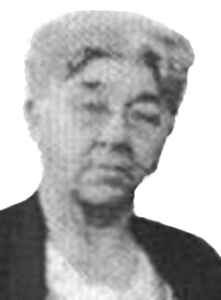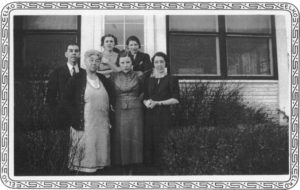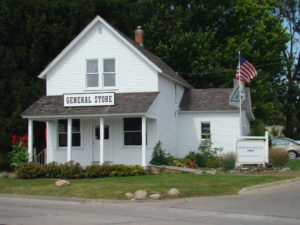The Swanson General Store renovation cost approximately $45,000. The addition had to be removed and replaced, the interior was gutted to remove walls that had been added, floors had to be replaced that had been destroyed by termites. When the contractor removed the 13 layers of wall paper in the main rooms, he could see exactly where the shelves had been in the store, so he built the shelves to match the original ones.
» Click on an image to enlarge and step through the slide show.
General Store Renovation




